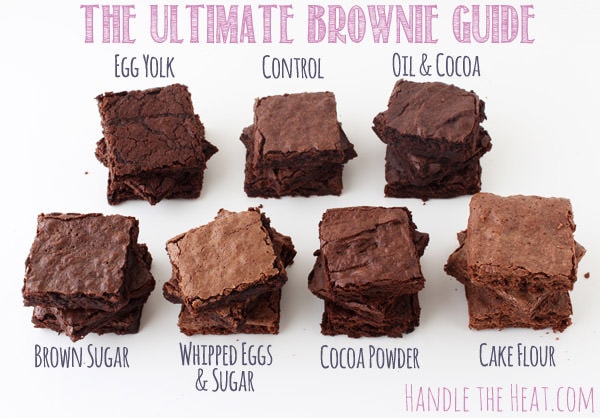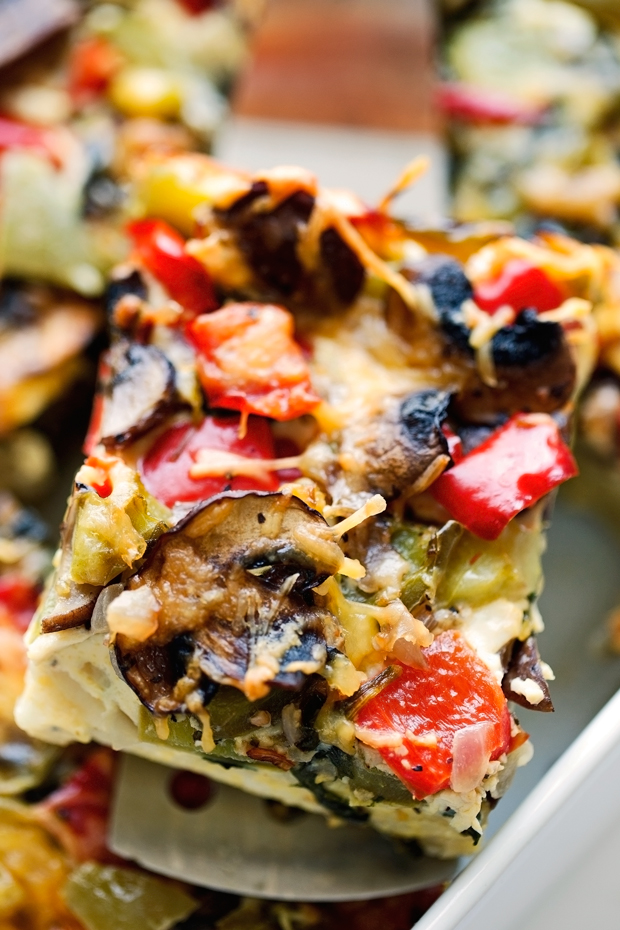Chocolate Coconut Candy Bars: Recipes & Top Brands Reviewed
Chocolate coconut candy bars date back to the early 20th century. Discovering the tropical combination of rich chocolate and shredded coconut, consumers quickly embraced these treats. By the 1920s, several brands had introduced their versions, making them a staple in candy aisles. Today, their enduring popularity spans continents, thanks to their unique flavor profile and texture. You’ll find these bars in various forms, from classic recipes to gourmet interpretations.
Key Ingredients and Flavors
Chocolate coconut candy bars primarily feature three ingredients: milk chocolate, shredded coconut, and sweetened condensed milk. These elements create a harmonious blend of flavors and textures.
- Milk Chocolate: Provides a smooth, sweet base.
- Shredded Coconut: Adds a tropical, slightly chewy texture.
- Sweetened Condensed Milk: Binds the ingredients, adding rich sweetness.
These bars also often include additional flavorings or coatings. Examples include dark chocolate variations, almond toppings, or even coconut cream fillings. Each variation aims to enhance the original, providing an even richer experience.
Types of Chocolate Coconut Candy Bars
Dark Chocolate Variations
Dark chocolate variations offer a richer flavor compared to their milk chocolate counterparts. These bars often feature a higher cocoa content, typically ranging from 60% to 85%. Brands like Mounds provide classic dark chocolate coconut bars, garnering a loyal following. Dark chocolate adds a slight bitterness, offsetting the natural sweetness of the coconut. Some popular variations include bars with added sea salt or chili, enhancing the overall flavor complexity.
Milk Chocolate Variations
Milk chocolate variations cater to those who prefer a sweeter taste. The creamy texture of milk chocolate blends seamlessly with shredded coconut, creating a soft and satisfying bite. Almond Joy is a well-known example, combining milk chocolate, coconut, and whole almonds. Companies often experiment with fillings, incorporating ingredients like caramel or nougat to diversify the flavor profile. These bars typically have a lower cocoa content, usually between 20% and 40%.
Artisan versus Commercial Brands
Artisan versus commercial brands offer different experiences. Artisan brands focus on high-quality ingredients and often emphasize eco-friendly practices. These bars may feature organic coconut and fair-trade chocolate, resulting in unique and artisanal flavors. Examples include specialty shops that hand-make their bars in small batches. In contrast, commercial brands like Hershey’s and Mars produce these bars on a larger scale, ensuring wide availability. While artisan bars may offer premium flavors, commercial options provide consistency and affordability.
Health Aspects of Chocolate Coconut Candy Bars
Nutritional Benefits
Chocolate coconut candy bars offer several nutritional benefits due to their ingredients. The shredded coconut provides dietary fiber, aiding in digestion and promoting a feeling of fullness. The coconut also contains medium-chain triglycerides (MCTs), which can serve as a quick energy source and may support metabolism.
Dark chocolate variations contribute antioxidants such as flavonoids that are known to reduce inflammation and improve heart health. These flavonoids may also help lower blood pressure and improve arterial function. Additionally, dark chocolate with a higher cocoa content provides essential minerals, including iron, magnesium, and zinc.
Milk chocolate-based bars are likely to contain a higher sugar content but still offer some nutritional value. The milk in these bars provides calcium necessary for bone health. Sometimes, ingredients like almonds add healthy fats, protein, and a variety of vitamins and minerals, enhancing the overall nutritional profile.
Dietary Considerations
While chocolate coconut candy bars offer some nutritional benefits, be mindful of their calorie content. One bar can contain between 200 to 300 calories, making it important to enjoy these treats in moderation to avoid excessive caloric intake.
Those with dietary restrictions should note the presence of common allergens. Coconut is a tree nut allergen for some, and chocolate bars often contain milk, making them unsuitable for those with dairy allergies or lactose intolerance. Additionally, many commercial brands include soy lecithin as an emulsifier, which could pose issues for those with soy allergies.
For individuals on a low-sugar diet, dark chocolate variations with minimal added sugars may be a better option. These versions still offer the same flavorful experience with a reduced glycemic impact. Vegan chocolate coconut candy bars are available for those following a plant-based diet, typically using dairy-free chocolate and other vegan-friendly ingredients.
Always check the label for ingredients and nutritional information to ensure the candy bar aligns with your dietary needs and health goals.
Best Chocolate Coconut Candy Bars on the Market
Top Rated Brands
Several brands dominate the market with their high-quality chocolate coconut candy bars. Almond Joy by Hershey’s delivers a classic taste combining sweet coconut, whole almonds, and milk chocolate. Mounds offers a different experience with dark chocolate enveloping the coconut center, catering to those who prefer a richer flavor.
Sejoyia Coco-Roons provide an organic, gluten-free option. These bars use clean ingredients like unsweetened coconut, maple syrup, and cocoa powder. For a vegan option, try Go Max Go’s Mahalo. It’s a plant-based twist on the traditional chocolate coconut candy bar, featuring coconut and almond covered in dairy-free chocolate.
Consumer Favorites
Consumers have consistently praised several chocolate coconut candy bars for their taste and texture. Joyva Jell Rings stand out for their unique combination of jelly and shredded coconut dipped in dark chocolate. Another favorite, Bounty, features moist coconut filling coated with milk or dark chocolate, delivering a rich and satisfying bite.
People also love alter Eco’s Coconut Clusters. These bars combine organic coconut, puffed quinoa, and dark chocolate, providing a crunchy texture and a balanced sweetness. Lastly, Unreal’s Dark Chocolate Coconut Bars offer a healthier alternative, using less sugar, no dairy, and only natural ingredients while maintaining a delicious flavor.
These consumer favorites are celebrated for their quality ingredients and delightful flavors, making them popular choices in the chocolate coconut candy bar market.
How to Make Your Own Chocolate Coconut Candy Bars
Essential Ingredients
To create delicious chocolate coconut candy bars at home, gather these key ingredients:
- Sweetened Condensed Milk: This binds the coconut mixture and adds sweetness.
- Shredded Coconut: Offers texture and distinct coconut flavor.
- Chocolate Chips: Use high-quality dark or milk chocolate chips.
- Butter: Adds richness and smoothness to the candy bars.
- Vanilla Extract: Enhances the flavor profile.
- Salt: Balances the sweetness and enhances flavors.
Step-by-Step Recipe
Follow these steps to make your own chocolate coconut candy bars:
- Prepare the Coconut Mixture: Combine 2 cups of shredded coconut with 1 can (14 oz) of sweetened condensed milk, 4 tablespoons of melted butter, 1 teaspoon of vanilla extract, and a pinch of salt in a large bowl. Mix until ingredients are well blended.
- Shape the Bars: Line a baking sheet with parchment paper. Scoop out tablespoon-sized portions of the mixture, then form each into a rectangular bar shape. Place the bars on the prepared baking sheet.
- Chill the Bars: Refrigerate the bars for 2 hours or until firm. This step ensures they hold their shape when coated in chocolate.
- Melt the Chocolate: Use a double boiler or microwave to melt 2 cups of chocolate chips. If using a microwave, heat in 30-second intervals, stirring between each, until fully melted.
- Coat the Bars: Dip each coconut bar into the melted chocolate, using a fork to evenly coat. Allow excess chocolate to drip back into the bowl before placing back on the parchment paper.
- Set the Chocolate: Refrigerate the coated bars for 30 minutes or until the chocolate is firm. Ensure they do not stick to each other.
- Serve and Store: Enjoy the bars immediately or store in an airtight container in the refrigerator for up to 2 weeks.
Using these steps, you’ll achieve homemade chocolate coconut candy bars that rival store-bought varieties.
Conclusion
Whether you’re a fan of classic brands or prefer organic and vegan options, chocolate coconut candy bars offer a delightful treat for everyone. With the nutritional benefits and variety of dietary-friendly choices available, there’s something to satisfy every sweet tooth. Making your own homemade version is not only fun but also allows you to control the ingredients, ensuring a healthier alternative to store-bought options. Dive into the world of chocolate and coconut, and enjoy the rich, satisfying flavors these candy bars have to offer.





